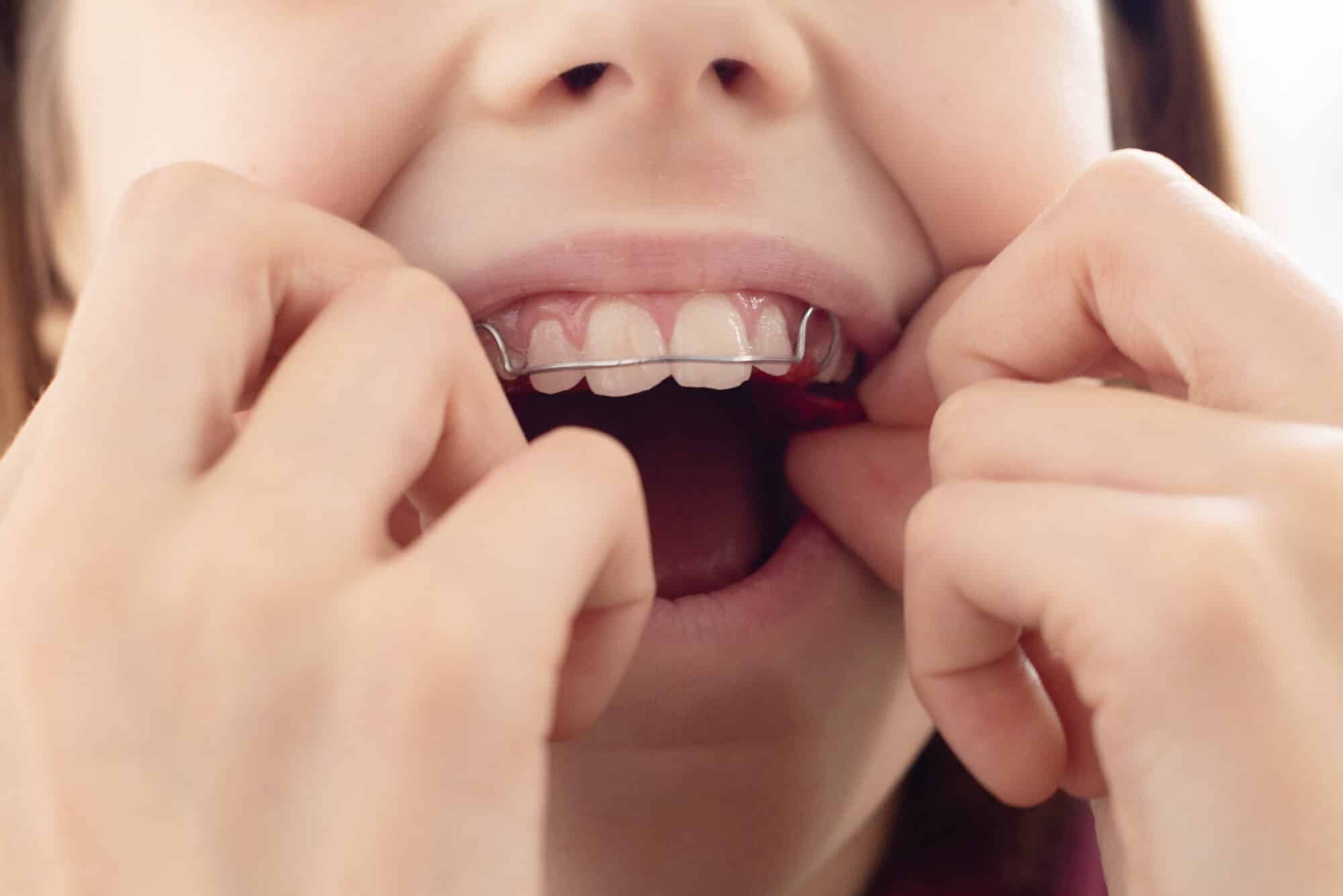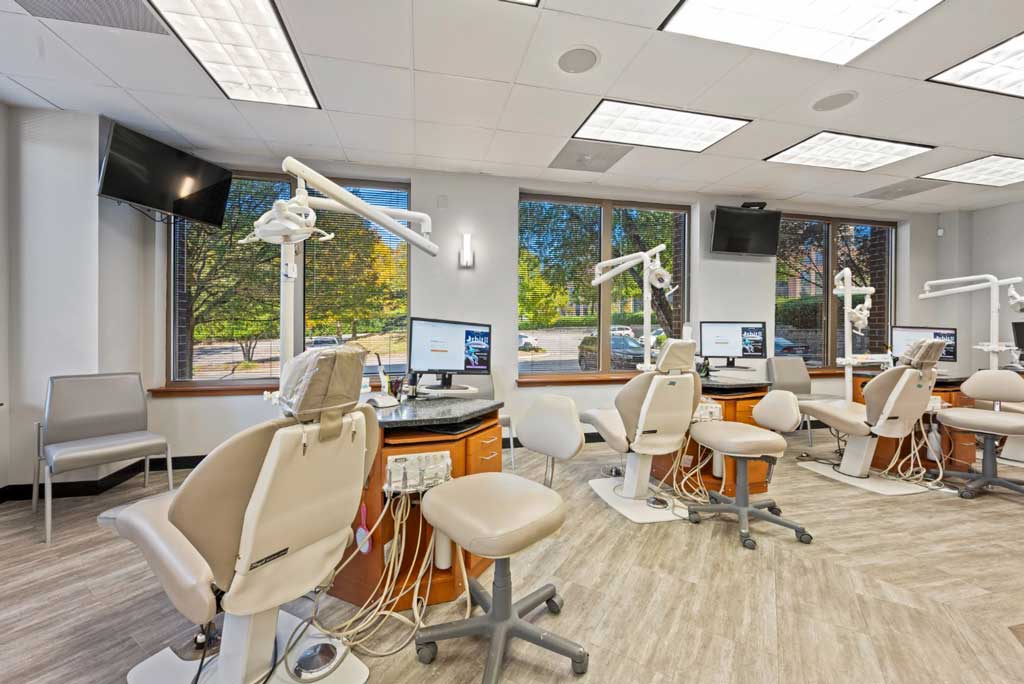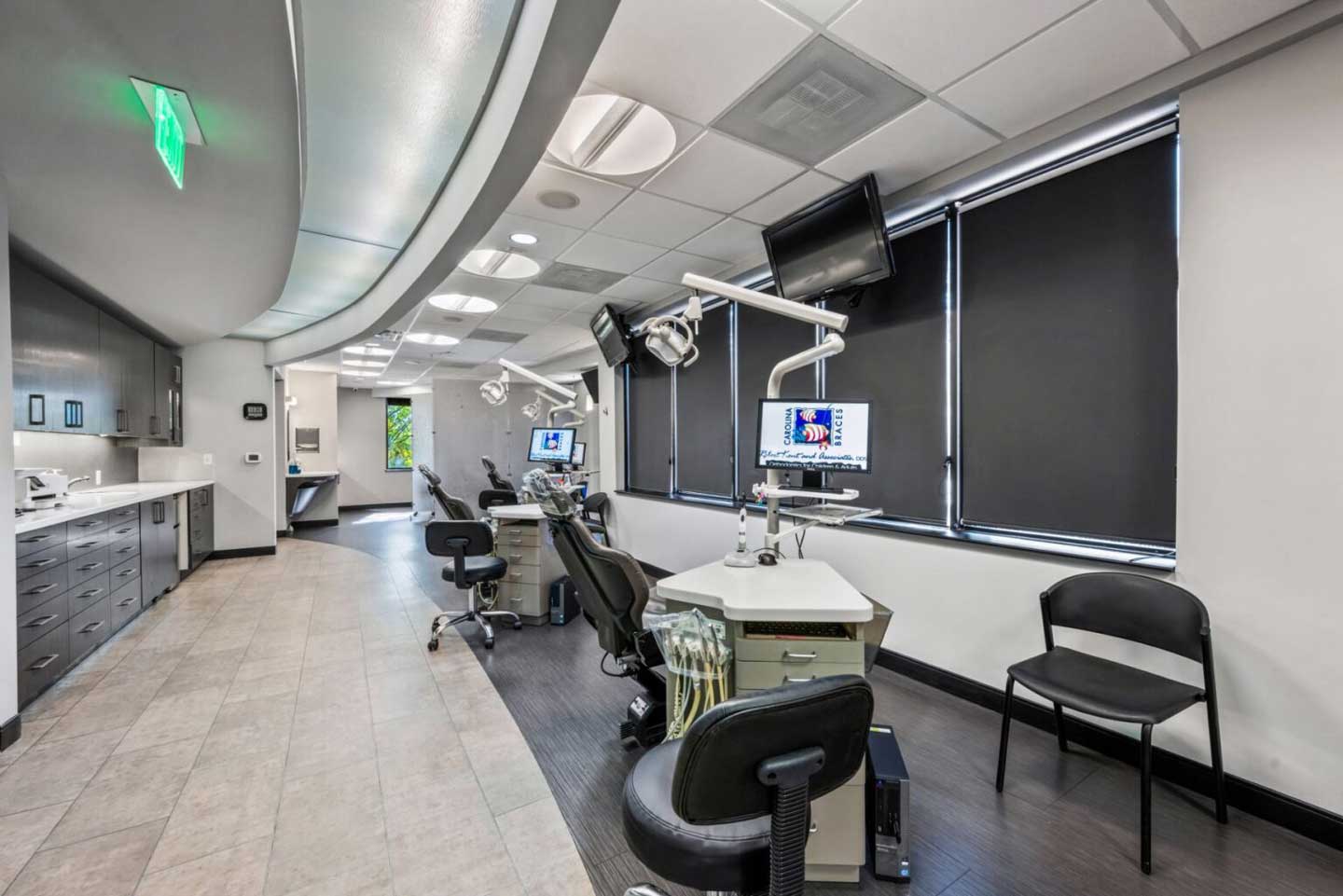Over 34 million school hours are lost every year because of unplanned dental care. Encouraging them to brush their teeth and taking them to the dentist is the best way to prevent this, but what about orthodontic evaluations? The American Academy of Orthodontists recommends getting one for your child by the time they're seven years old. It identifies dental issues early. The sooner a misaligned bite gets straightened out, the better it'll be for their oral health. Read on to learn how to choose the right braces for kids.
Options
The two major types of braces to choose from are fixed and removable. Fixed varieties are attached to the teeth. Removable options can be taken off during meals or at night and put back on. There are also several subtypes. The most common permanent types are traditional, self-ligating, tooth-colored, and lingual. Clear aligners are the most common removable variety.
Traditional
Traditional braces are made up of three metal components. They have brackets that adhere to the front of your teeth, wires that connect the brackets, and rubber brands that hold the wires in place. Getting results takes anywhere from 12 months to three years. The wires need to be tightened during regular appointments with the orthodontist.
Traditional braces are one of the most common and least expensive options when choosing braces for kids, but they're also available at any age. They can correct a wide range of issues, such as:
- Crowding
- Gaps
- Misaligned bites
Self-Ligating
Self-litigating braces are similar to the traditional option but don't use rubber bands. Instead, they use a spring-loaded system to keep the wires in place. This eliminates the need for painful and time-consuming tightening appointments and also works faster.
The major downside is that they're hard to hide. Your child might get bullied on the playground or feel self-conscious while wearing them. The braces also struggle to fix severe orthodontic issues and shift molars or other large teeth.
Tooth-Colored
This option is covered in ceramic material. Your brackets, wires, and rubber bands will blend in with the rest of your mouth.
You will still have to attend tightening appointments. You may also have to go to the orthodontist if the brackets break because they're more fragile than other options. They stain more easily as well. The process takes longer to finish and costs more.
Lingual
These braces are made of metal that sits at the back of your teeth. They're almost impossible to see and resist staining. Lingual braces treatment takes longer than traditional braces. They're a more expensive choice and don't work well on children with particularly small teeth.
Clear Aligners
This newer treatment is popular among children who don't want their braces to be visible. The clear trays require no tightening appointments. You'll receive a new tray every few weeks.
Clear aligners are comfortable and don't have to be worn every day. Children as young as 11 can try them. They'll have to be responsible enough to care for them, and they aren't the best option for fixing severe orthodontic issues.
Choosing an Option
There's an essential question to ask before you think about which type of braces to choose. Why does my child need them? Are they showing signs such as:
- Crowded teeth
- Excessive gaps
- Underbites or overbites
- Early or late adult teeth
- Mouth breathing
- Late thumb-sucking
The oral issues your child faces will help you determine what type they need. Serious misalignment may require traditional braces, but clear aligners could fix small gaps.
Self-esteem is also a factor. Think about how much braces will change how your child looks and how that will affect them. Traditional and self-lingual braces are noticeable, and clear aligners have almost no impact. Braces can also affect your child's life in other ways. Think about how the braces will affect their favorite hobbies. A removable aligner may be best for active children. They can remove it while playing sports to protect it from damage.
Consider how well your child will be able to care for their new braces. Will they brush them enough and remember to wear their retainers when their treatment is done? Look at the maintenance requirements, so you know what they'll need to do. The average cost for braces for kids is $5,842. Look at your budget to find an option that you can afford. Include long-term costs such as replacements and the length of the treatment.
Choosing an Orthodontist for Kids
Finding the right orthodontists for kids is as important as choosing the right braces. You need a professional you feel comfortable bringing your child to. Look for a local Raleigh orthodontist. It'll make trips to tightening appointments and emergency visits more convenient. Check what services they offer. Make sure they have the types of braces you've decided on for your child.
Ask for recommendations and referrals and read patient reviews. Browse their website to see how experienced they are.
Check for certification from global organizations such as the American Association of Orthodontics and state ones such as the North Carolina Association of Orthodontists. That should come with a title, either Doctor of Dental Surgery or Doctor of Dental Medicine.
Visit their practice in person. Check to see if it's clean, and notice how your child behaves there. Meet the staff and see how they work. Check to see if their equipment is clean and up-to-date. Ask about the average cost of their services and their payment options. They should be flexible and offer a range of options to fit your budget, including interest-free plans.
Finding an Orthodontist in Raleigh
There used to be only one major option when looking for braces for kids. Today, there's a wide variety available, including tooth-colored ceramics and removable trays. This makes finding the right one for your child more difficult than ever. You need to consider their age, activity level, and budget. Finding the right orthodontist is the next important choice you'll need to make. Contact us at Carolina Braces to schedule a free consultation and get your child the smile they deserve today.





